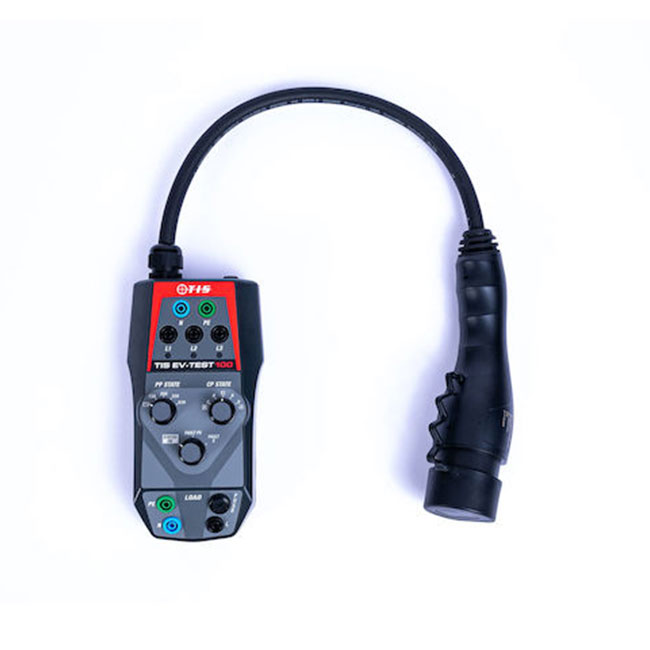Electric vehicle (EV) charging stations are a rapidly increasing presence on UK streets, and also in workplaces, public car parks and in private homes. The testing of this charging infrastructure has quickly developed into a national standard, given that EV chargers are used by a wide variety of people and involving a wide variety of vehicles. So the standardisation of safety testing is essential to ensure that safety can be assured over many different conditions.
OCPP stands for open charge point protocol, and is what makes the charging infrastructure universal. So this ensures seamless communications between different EV chargers and the various backend software systems they may encounter. In other words, this allows different chargers and different vehicles to interact effectively. EV charging stations convert AC power into a DC voltage which charges the onboard battery of the EV, and a range of standardised tests are now possible to test the safety and the performance of EV charging stations under different conditions.
How can performance of EV chargers be impacted?
The safety and performance of EV chargers can be affected by general use and electrical connection issues. These can occur under any circumstances, but EV chargers are particularly susceptible because they are located externally and therefore exposed to weather conditions, albeit some more than others depending on location. This means that cables and wiring can deteriorate and become damaged and there is a risk of electric shock through a loss of insulation. In addition, there are a range of conditions in which the user can potentially become exposed to electrical charge during normal operation, and so a series of tests have been devised to guard against these conditions, and these are known as fault simulation tests.
What are fault simulation tests for EV chargers?
Standard EV charger testing doesn’t require an actual vehicle. Instead an adaptor such as the TIS EV-TEST100 is used to connect to the charger and mimic the presence of an EV. This means that testing is quicker and more practical. This EV testing adaptor can simulate errors that can occur to interrupt normal operation, and these include:
- ‘PE’ Fault Simulation, which introduces an Earth Fault to the system
- ‘E’ Fault Simulation, which introduces an Electric Vehicle Fault to the system
So fault simulation testing allows you to safely mimic different fault scenarios which can occur during the normal operation of an EV charger, and verifies that the EV charger will respond in the right way to protect the user in all cases. Using EV charger testing equipment, such as the TIS MFTPRO-EV supplied by Test Instrument Solutions, you can carry out these safety tests upon installation and commissioning, during routine maintenance and when troubleshooting to identify what performance issues are occurring.
Please note that this section is for information purposes only. Anyone using equipment referred to in this section must be suitably qualified and/or experienced within the respective field. If in doubt before use, please consult a qualified electrician or engineer & thoroughly read all instruction booklets.